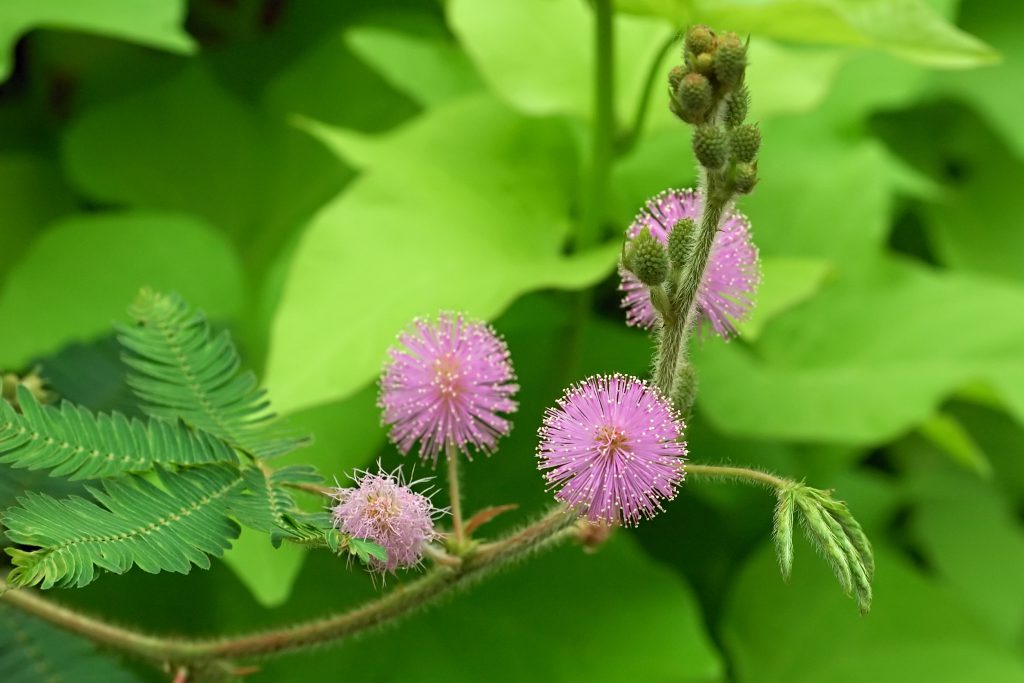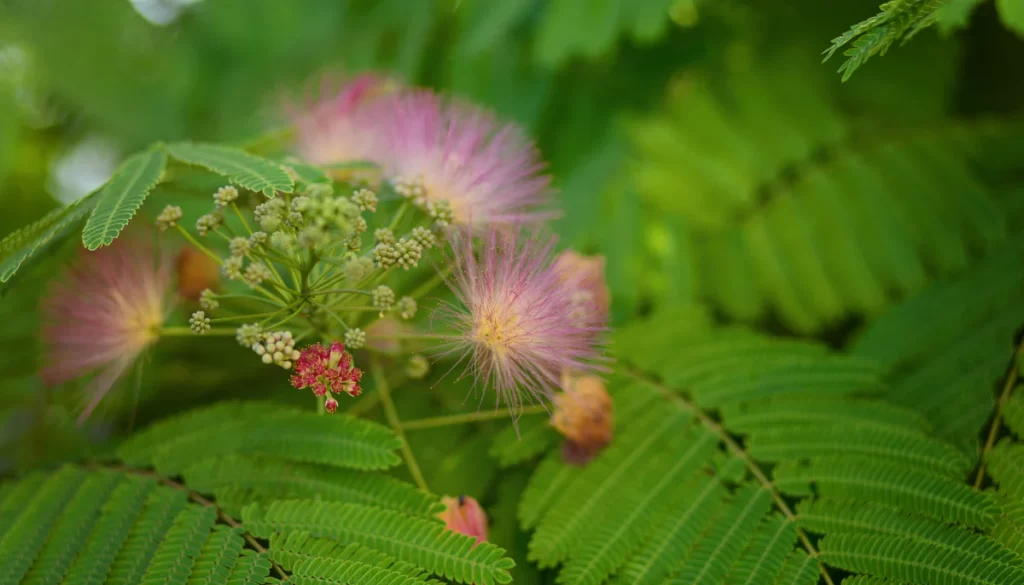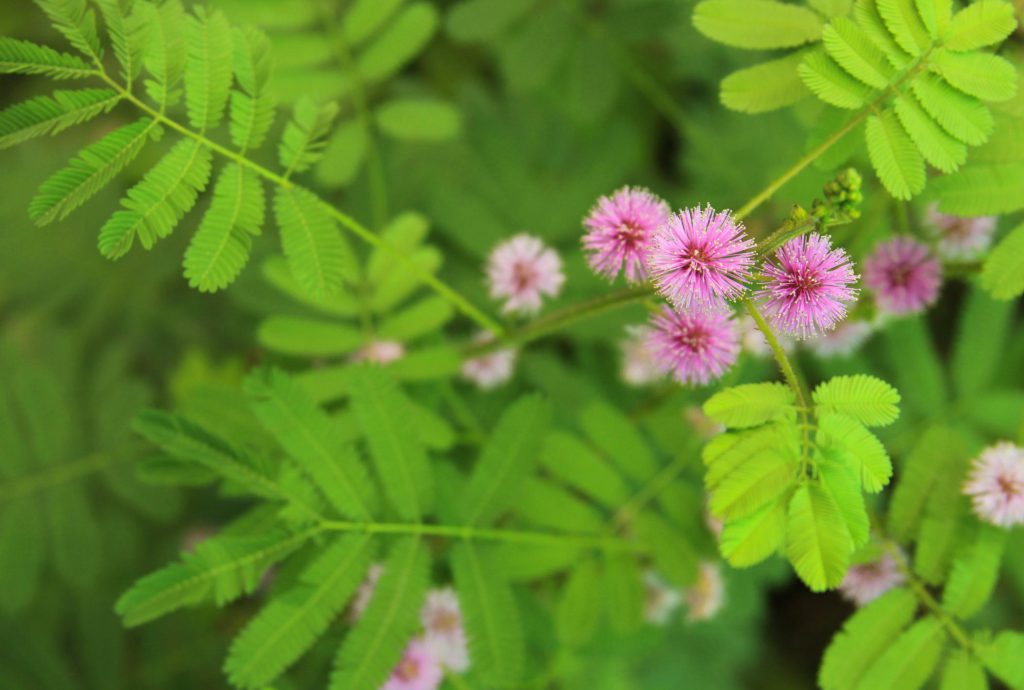Pharmacology Tepezcohuite/jurema
Psychoactive action
Several terms have been used to describe substances that cause alterations in the human mind: psychotropic, hallucinogenic, psychomimetic, psychedelic, among many others.
The most recent term and the one that we will use from now on because we consider it most appropriate is entheogen (“Containing an entity or intelligence”), coined in 1978 by a group of scientists led by Gordon Wasson (Mota and Barros, 2002).

Mechanism of action
DMT, when administered orally, is inhibited by the action of monoamine oxidases (MAO), enzymes found in the mitochondria, which catalyze the elimination of an amino group. For DMT to produce psychoactive effects when ingested orally, it is necessary to also ingest a substance that contains MAO inhibitors (such as β-carbolines).
Only some authors reported having detected the presence of β -carbolines in Mimosa tenuiflora (Meckes-Lozoya et al, 1990).
Ott pointed out in 2002 that there may be MAO inhibitors in jurema preta extract, necessary to explain the observed effects.
Shortly after Ott’s comment, in 2005, a new compound called “Yuremamine” was isolated in Mimosa hostilis/tenuiflora extract; a new class of phytoindole that may explain the reported oral activity of DMT in Jurema without the addition of an MAOI.
Vepsäläinen, Jouko J.; Auriola, Seppo; Tukiainen, Mikko; Ropponen, Nina and Callaway, J.C. (2005)

Antimicrobial activity
Tannins are probably responsible for most of its antimicrobial activity (Meckes-Lozoya et al, 1990b).
Anti-inflammatory and healing action
Tellez and Dupoy de Guitard (1990) demonstrated the effectiveness of M. tenuiflora in the topical treatment of eczema (10% concentration), as well as against inflammation (in the form of dried bark powder) in humans.
It was also shown to be effective in wound healing (Dupoy de Guitard, 1990).

Secondary metabolites of Mimosa tenuiflora / hostilis
Alkaloids: Two indole alkaloids have been isolated in Mimosa hostilis/tenuiflora: N, N-dimethyltryptamine (DMT) and also 5-hydroxy-tryptamine (Meckes-Lozoya et al., 1990a).
In 2005, Vepsäläinen et al isolated a new phytoindole (Yuremamine) from the stem bark of Mimosa tenuiflora / hostilis.
Chalconas: The presence of two chalconas has been found: kukulkan A and kukulkan B (Camargo-Ricalde, 2000).
Steroids and terpenoids: Three steroids were isolated from the stem bark of Mimosa hostilis/tenuiflora: (Anton et al, 1993).
campesterol-3-O-beta-D-glucopyranosyl
stigmasterol-3-O-beta-D-glucopyranosyl
beta-sitosterol-3-O- beta-D-glucopyranosyl
Three saponins have also been identified: mimonoside A, mimonoside B and mimonoside C (Anton et al, 1993).
